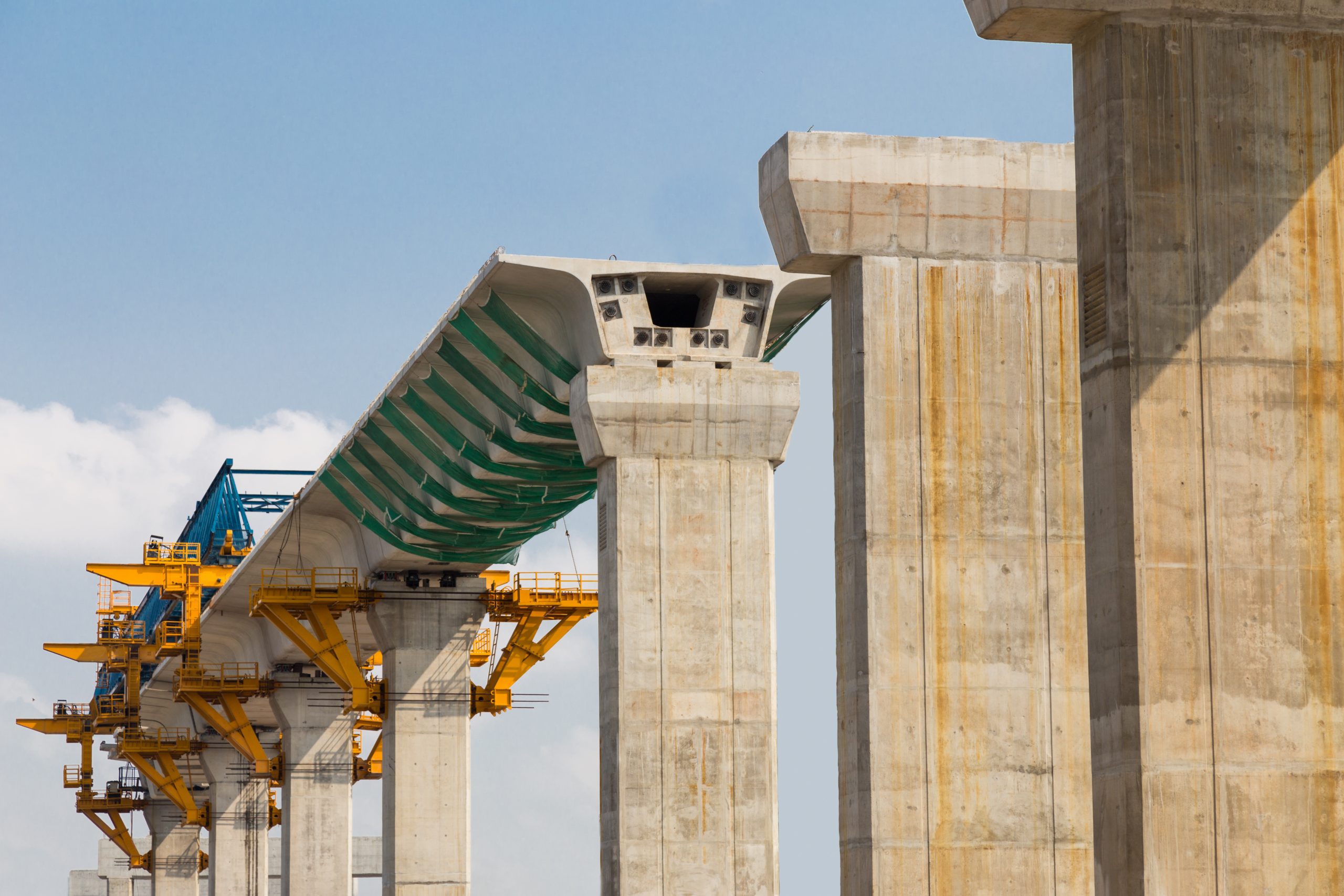Better Infrastructure, Not More Infrastructure

America’s cities could potentially receive billions for various projects under President Biden’s infrastructure bill. The American Jobs Plan Act is a multi-trillion dollar wishlist of everything from roads and bridges to broadband internet, job training, affordable housing, and higher corporate tax rates. But at its core is some economic thinking that has been long disproven, and would represent a doubling-down on some of the most broken parts of the American economy without addressing many long-term structural issues.
The plan proposes $115 billion for highways, $85 billion for Amtrak, and $80 billion for existing rail transit. The money is supposed to fix existing infrastructure and provide for expansion and improvement, creating jobs and economic growth. It’s nothing especially controversial, in theory, and President Trump was also a fan of making a big infrastructure spend.
“The President’s American Jobs Plan is a historic public investment – consisting principally of one-time capital investments in our nation’s productivity and long-term growth,” the White House fact sheet says. That’s precisely the problem.
One-time investments are precisely how we got into this mess. We build all this stuff and we don’t make sure it can pay for itself, so we rely on mechanisms like the Highway Trust Fund, which we also don’t bother to fund because raising the gas tax to keep up with the rate of inflation is politically unacceptable.
We don’t need more infrastructure. If anything we’ve built far more than we need over the last few decades and what we have, we have no way of paying for its upkeep. According to Strong Towns’s Charles Marohn, the rate of return from building highways is already negative. We need to use what we have more effectively—a bus lane can be as basic as some paint on the road but result in major ridership and reliability improvements.
While it’s true that infrastructure spending can increase employment and economic growth, it’s important to remember that these gains have diminishing returns. Not only do the optimal routes for roads or railways between two points get built on first, but the costs of building and maintaining each additional road or railway are so high and the economic growth they result in is so marginal that the road or railway ends up being a net loss. This situation is complicated in the United States by the way we tend to make highways free to the user; people drive more often than they otherwise would and in ways that increase maintenance costs without actually increasing economic activity.
To make matters worse, because the funding of infrastructure is decided by politicians, it frequently reflects political needs rather than actual needs. Political influence can also spell the end of any hope for efficient, tight budgets, and can turn a decent project into a terrible investment. A recent major study of the Green Line Extension in the Boston suburb of Somerville along an existing right of way, conducted by Eric Goldwyn, Alon Levy, and Elif Ansari of New York University’s Marron Institute, found that the project cost as much as other countries spend on brand new subway lines; New York built three kilometers of the Second Avenue Subway for a price that would have built 20 km of subway in Germany.
When it comes to waste, however, it’s hard to beat our overbuilt highway network. Millions of dollars are routinely spent building rural bypasses that shave a few seconds at most off of a trip. Lobbyists and politicos continue to push for expensive, failed “solutions to congestion” like widening circumferential highways and upgrading surface roads to carry traffic at highway speeds. This spate of construction often destroys existing homes and businesses, consumes vast amounts of land that could be put to productive, private use (a highway interchange near Atlanta became famous a few years ago when observers realized that the entire city of Florence, Italy, would fit inside it) and grows the cost of maintaining the system dramatically without improving the ability of the local government to pay for it.
On top of this, the infrastructure-as-jobs-plan idea has been widely recognized as dead on arrival by everyone who isn’t an elected official. Apart from anything else, infrastructure construction simply doesn’t require as many workers as it might have in the 1930s. Moreover, the New Deal programs were designed to employ as many people as possible in a society where most people would have refused to take money from the government for doing nothing. For better or worse, that isn’t an issue we face now.
Now, metrics like rate of return and ridership aren’t the only measure or purpose of infrastructure. Things like national defense, protection of lives and property, or similar factors can justify investments. For example, the Interstate Highway System was partially justified as a national defense measure, allowing the Army to quickly move troops and equipment around the country in the event of invasion, as well as encouraging commerce.
But those goals are not what Biden’s bill is about. It’s about jobs and economic growth. Some parts, such as the national broadband idea, are worth a debate, but pumping more money into highway construction, as opposed to fixing the Highway Trust Fund (or allowing tolls or congestion charges on interstates), is a mistake. Whatever populists think, Republicans don’t live in 1981, and Democrats shouldn’t live in 1933 forever, either.
Matthew Robare lives in Boston. This New Urbanism series is supported by the Richard H. Driehaus Foundation. Follow New Urbs on Twitter for a feed dedicated to TAC’s coverage of cities, urbanism, and place.
Comments